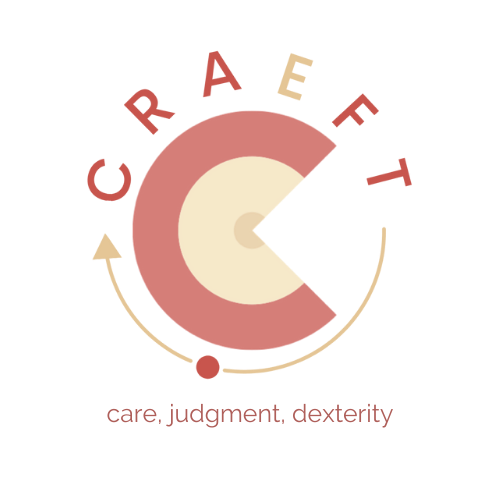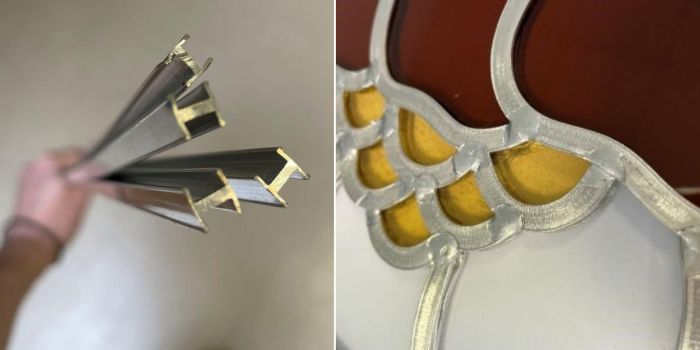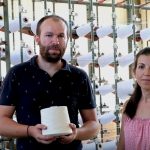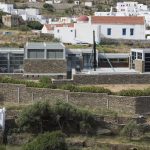The French stained-glass park represents 50% of the world and 60% for the European area; it groups together 450 craftsmen workshops. This glass shaping technique is passed down from generation to generation, allowing the conservation of the ancestral know-how. Stained glass is composed of glass elements and metallic parts. These metal elements are used to maintain the glass pieces to form the design and the strength of the structure. Traditionally these elements are called rods (“baguette”) and are shaped with a specific geometry in a “H” form in which the glass pieces are inserted. These rods, and the solders at the intersection are made of lead and tin alloy. The use of lead in these alloys has been questioned for years. Indeed, the health issues that can occur due to the manipulation of the rods, and the specific safety precautions to take push the regulation to a European level. The European Chemicals Agency’s (ECHA) carried out a public consultation to summarize the impact on the workshops if this prohibition is formalized. If the demonstration that the risk for the users can be controlled is done, the lead will continue to be used. In the opposite case, a substitute material has to be developed. Indeed, the consequence will be the addition of lead metal on the list of substances requiring authorization for use or handling, and formulating such authorization will be time and money consuming, especially for human-size workshops. This potential evolution of the regulation for this traditional material conducts the Cerfav to study the development of an alternative material.
This work goal is to find a substitute alloy to replace the lead in the case that it will be forbidden. As the Cerfav has a laboratory and a stained glass facility, the complementary skills allow exchange between these two environments. Moreover, the substitute which will be lead free, also has to be shaped with the traditional tools and know-how of stained-glass artists. However, lead is one of the cheapest metals on the market, the alternate alloy will probably result in an additional cost.
It’s from this point of view that the research has been started. At the beginning, the criteria to take in consideration for the new material are its malleability and the compatibility of the rod alloy with the solder one. Various compositions and geometries have been produced in a H rod shape design, as well as the complementary solder alloy. The cut and the solder test have been performed in the Cerfav’s workshop with the expertise of its stained-glass teacher. After a first experimental plan, which studied parameters as rod alloy, solder alloy couple, solder temperature and aesthetic consideration, one of the tested compositions allowed to obtain a good malleability and compatibility with the solder alloy. To confirm these first results and evaluate with objectivity the alloy properties, a new project has begun in 2023 to study the mechanical and climatic resistivity of the different lead-free materials in comparison with the traditional lead material.
The research for a new lead-free material to be used in stained-glass is at the beginning: further researches have to be carried out in the next few years, before to find and validate a lead-free material able to replace the lead alloy used in stained-glass.
Written by: Dr Lucile Cornu, Cerfav





